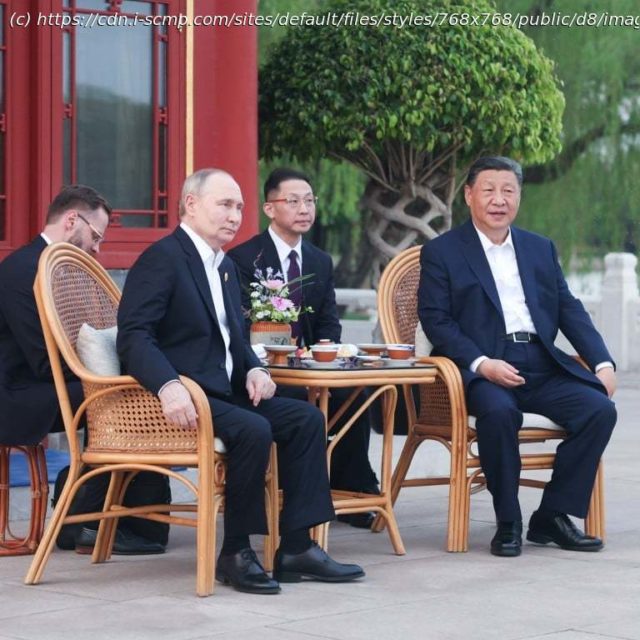The Sino-Russian ‘no limits’ friendship is driven by shared interests and a desire to displace the US from global leadership. While their relationship is closer than ever, China and Russia still face internal and external hurdles which hinder their pursuit of their goals.
China and Russia cemented their 75th year of bilateral relations recently when Russian President Vladimir Putin met President Xi Jinping in Beijing. As Putin said, visiting China for his first foreign trip since being re-elected president was certainly symbolic.
There is more to it. Both leaders signed several agreements to enhance cooperation in trade and technology, and they issued a joint statement on deepening their comprehensive strategic partnership.
Putin’s visit highlights the continuing improvement of Sino-Russian ties since the disintegration of the Soviet Union in 1992. Cooperation on security and the economy was institutionalised through the establishment of the Shanghai Cooperation Organisation (SCO). The formulation of the Belt and Road Initiative, Russian aggression against Ukraine in 2014 and 2022 and subsequent sanctions by the United States and other countries against Russia have brought the two sides closer together.
This relationship is driven by three factors. First, China needs a reliable supply of energy to sustain its economic growth. Russia is one of the world’s major exporters of oil and gas and an energy supplier to China. Its need to diversify its export markets makes each side important to the other.
Second, the two countries have mutual geopolitical interests. While Russia is concerned about Nato’s expansion especially in Eastern Europe and near Russian borders, China casts a wary eye to US-led initiatives such as Nato’s bid to expand into Asia.






